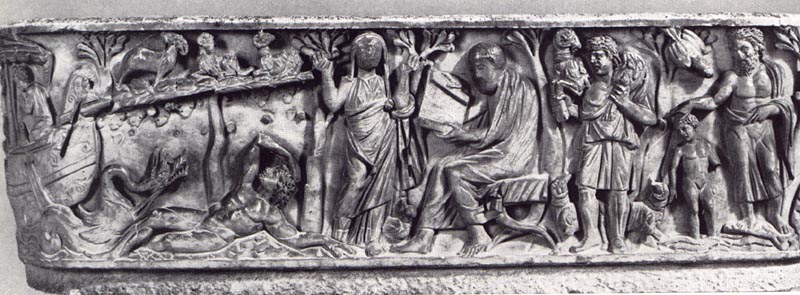Updated with additional statement of PW's conclusion about 40 minutes after original posting.
Dr Philippe Wajdenbaum has written the thesis I would have loved to have written and it perhaps could only have been written at this time by an anthropologist — a field I was once advised to enter. How sometimes our lives could have been so different. Wajdenbaum wrote his thesis in social anthropology. It has nothing to say about the Christ myth so applying his words to this topic is entirely my own doing. The thesis is radical enough, however, since it applies Claude Lévi-Strauss’s structural analysis of myths to the Old Testament narratives and shows their indebtedness to classical Hellenistic literature.
My skills as a social anthropologist then reside in my ability to describe the biblical phenomenon as a whole, not only in finding the literary sources of its theological and political project (the political dialogues of Plato) and in describing how these sources were adapted in the Bible itself, at the centre of the analysis, but also in analysing the conditions of its perpetuation. (p. 9)
Specifically, Dr Wajdenbaum’s conclusion is this:
The Bible is a Hebrew narrtive tainted with theological and political philosophy and inspired by the writings of Plato, one that is embellished with Greek myths and adapted to the characters and locations of the Near East. (p. 4)
This is crazy, most would surely say:
I understand fully how the present work may seem a priori simplistic. Every day of the four years that this research has lasted I have encountered reactions of doubt, hostility and resentment, but also (and fortunately) of benevolent curiosity. . . . I wish to express in this introduction how I was personally struck, even mortified by these discoveries, not so much because it damages a belief that I do not have, but because of the simplicity of the solution. The thesis is not childish in its simplicity for it is based on the complexity of the biblical text and its many sources. Still, my astonishment that a complete and neutral comparative study of the Bible with Plato had not been done before never decreased. All of this — reactions of hostility to the thesis and its absence during two millennia are objects of analysis for the anthropologist.
Implications for Christianity, too: Continue reading “Anthropologist spotlights the Bible and Biblical Studies”

